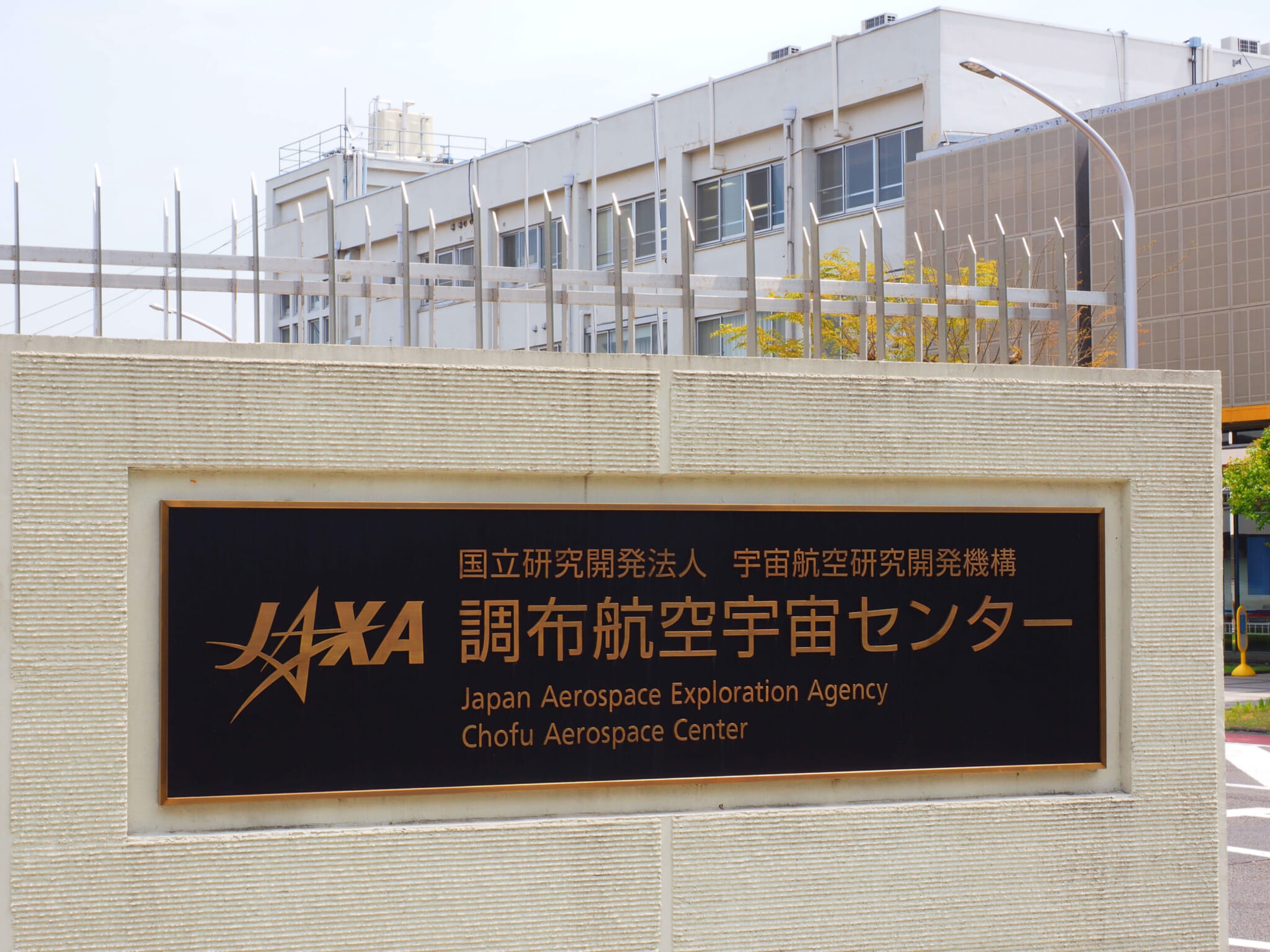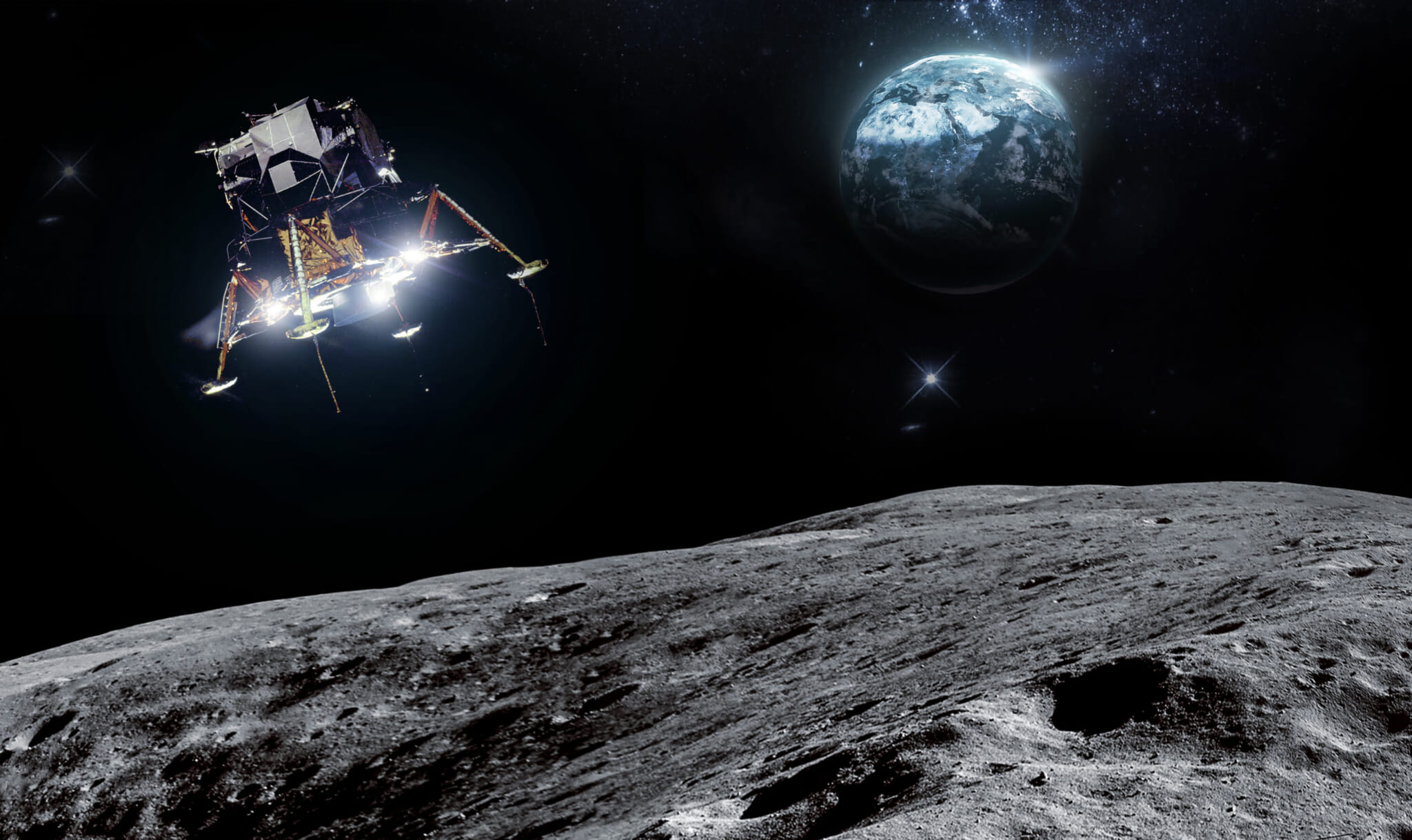On Saturday, Japan became the fifth country in the world to land a spacecraft on the moon’s surface, joining the ranks of the United States, the Soviet Union, China, and India.
Japan’s Moon Landing
In September last year, JAXA (Japan Aerospace Exploration Agency) launched its unmanned spacecraft, dubbed “SLIM” (Smart Lander for Investigating Moon) from Tanegashima Space Center in Kagoshima Prefecture. After four months, the spacecraft succeeded in making a successful landing on the lunar surface at 00:20 on Saturday, January 20.
SLIM aimed to make a landing within a 100-meter radius, no mean feat considering that 10 kilometers has been a normal range for previous spacecraft. We are currently awaiting confirmation as to whether this was achieved.* Aiming for such a narrow radius has its purpose. It means that future landings will be able to head directly to where perceived resources lie.
Despite the successful landing, however, it’s not all good news. SLIM’s solar panels failed, reducing a mission that was supposed to last for days to mere hours, as the craft has to rely only on its reserve battery power. In its short time on the moon, the craft, which had been 20 years in the making, was aiming to investigate certain data such as the origins of the moon, and how future missions can land on its surface.

JAXA Headquarters Image by oasis2me / Shutterstock.com
Moon Explorations Amid New Water Sources
Japan’s first lunar landing comes at a time when there is renewed interest in the moon. The moon’s potential energy sources have started to create a buzz, with Kazuto Saiki, director of Ritsumeikan University’s Earth and Space Exploration Center saying that “Moon exploration is intensifying faster than expected” last year. India made its first touchdown in August 2023, and Russia made a failed attempt the same year.
SLIM’s successful moon landing bodes well for Japan and India’s planned collaboration in 2025. Dubbed LUPEX (Lunar Polar Exploration), the mission will research potential lunar water sources. If usable water sources are found on the moon’s surface, it will be functional as a type of space charging station, enabling longer trips further into space, rendering missions to far away planets like Mars a possibility.
Other countries that have successfully completed moon landings, such as the U.S. and China, also plan to conduct their own lunar explorations in the near future.
*Update, January 29: The rover successfully achieved a pinpoint landing.
Related Article
Updated On January 29, 2024








